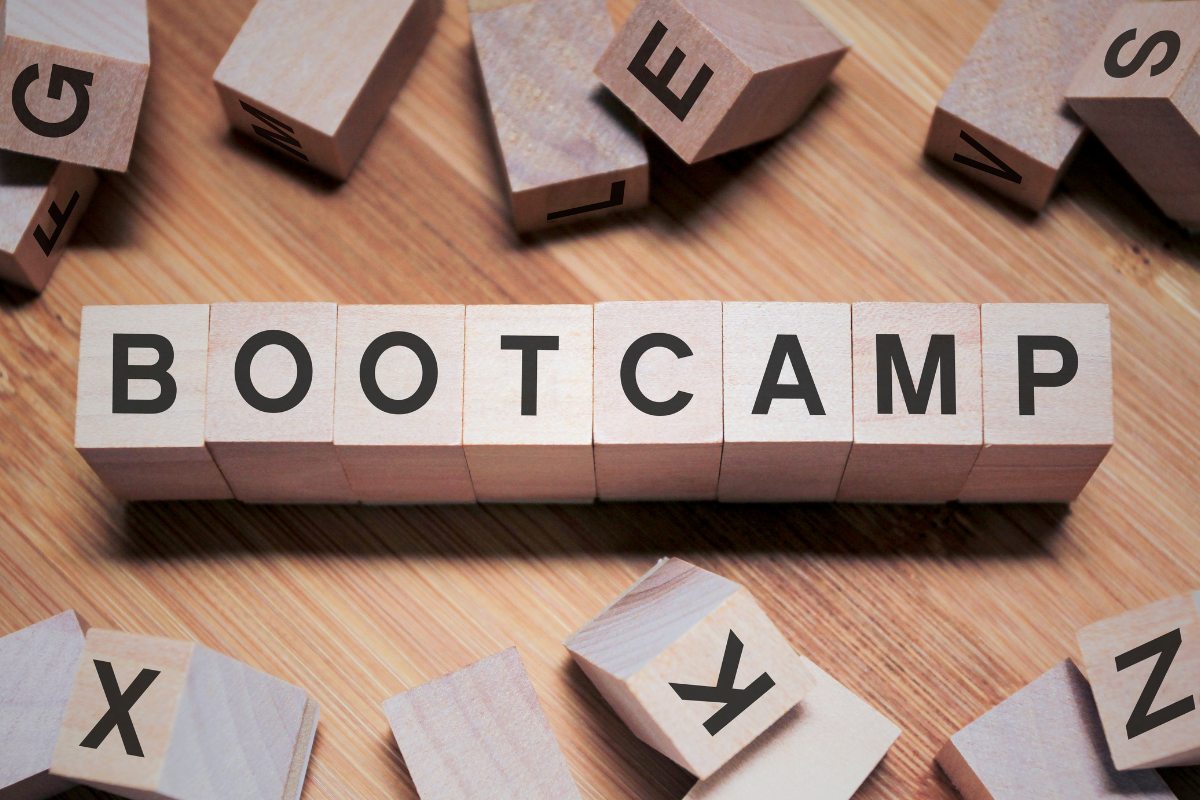School Readiness Skills and How Occupational Therapy Can Help
As your child prepares to enter school, it’s important to ensure they have developed key skills that will set them up for success in the classroom. While most people think of academic skills first, school readiness encompasses much more. It involves a combination of physical, social, emotional, and cognitive skills that enable children to interact with their environment, communicate with others, and perform tasks independently. Occupational Therapy plays a critical role in helping children develop these skills, ensuring they are ready to thrive in the school environment.
What Are School Readiness Skills?
School readiness skills are the foundation children need to succeed in school and beyond. These skills can range in areas, including:
- Motor Skills: Physical abilities needed for tasks like holding a pencil, cutting with scissors, and using a computer.
- Cognitive Skills: Problem-solving, memory, attention, and following multi step instructions.
- Self-regulation: The ability to control emotions, focus attention, and manage impulses.
- Social Skills: Communication, cooperation, and forming friendships with peers.
- Independence: Being able to complete tasks like dressing, feeding, and using the bathroom independently.
While children often develop many of these skills through everyday experiences and play, sometimes we may need more support in certain areas. This is where occupational therapy can HELP!
How Occupational Therapy Supports School Readiness Skills
Occupational therapy focuses on helping children develop the skills needed to function independently and participate in daily activities. For school readiness, an OT can address a variety of skills, ranging from fine motor skills to emotional regulation.
1. Fine Motor Skills:
Fine motor skills are essential for performing tasks like writing, cutting with scissors, and manipulating small objects. These skills involve the small muscles in the hands, fingers, and wrists.
How OT helps:
- Handwriting: Occupational therapists can work on grip strength, pencil control, grasp, and letter formation.
- Cutting: Through activities that strengthen hand muscles, incorporate bilateral hand use, and improve coordination, OTs can help children use scissors effectively.
- Manipulating Objects: Simple activities, such as stacking blocks, buttoning shirts, or zipping jackets, can be incorporated into therapy to improve finger dexterity.
2. Sensory Processing:
Children who have difficulty processing sensory information (sounds, lights, textures, smells) may find it challenging to focus in a busy classroom environment.
How OT helps:
- Sensory Integration: Through specialized activities, an OT can help children learn to cope with sensory overload or under-sensitivity. For example, children might engage in tactile play, use fidget toys, or participate in calming sensory breaks.
- Self-regulation: OT teaches strategies like deep breathing, stretching, and muscle relaxation to help children manage their responses to stress or overstimulation.
4. Social and Communication Skills:
School readiness isn’t just about physical skills—it’s also about being able to communicate, share, and work with others. Children must learn to understand social cues, follow directions, and engage with their peers.
How OT helps:
- Social Interaction: Occupational therapists use role-playing, peer play, and social stories to help children practice sharing, taking turns, and understanding facial expressions.
- Cooperative Play: Children can engage in group activities that promote teamwork, turn-taking, and appropriate communication.
- Following Instructions: Through structured activities, OTs can help children develop the ability to listen, understand, and follow multi-step instructions.
5. Self-Care Skills:
One often-overlooked area of school readiness is the ability to perform daily tasks independently, such as dressing, eating, and toileting.
How OT helps:
- Dressing: Occupational therapists can break down the steps needed to put on and take off clothes, teaching children how to button, zip, or tie shoes.
- Feeding: They can work with children to develop the skills necessary for using utensils, managing snacks, and opening lunchboxes.
- Toileting: OT helps children develop the independence to use the bathroom and practice hygiene routines like handwashing.
6. Attention and Focus:
A critical skill for school success is the ability to focus and pay attention during class activities.
How OT helps:
- Improved Focus: OTs use games and activities that challenge attention, helping children learn to stay on task for longer periods.
- Task Completion: Children learn how to break down tasks into manageable steps and practice following through until the task is completed.
- Transitioning Between Activities: OTs help children practice switching from one activity to another smoothly, such as moving from recess to classroom work.
How to Get Started with Occupational Therapy for School Readiness
School readiness is more than just knowing the alphabet or counting to ten—it’s about developing the physical, social, emotional, and cognitive skills that will help children thrive in a classroom environment. Occupational therapy can support children in developing the motor skills, self-regulation, social abilities, and independence they need to succeed. If you’re concerned about your child’s readiness for school, working with an OT can provide valuable support and make the transition smoother.
If you’re concerned about your child’s school readiness skills, occupational therapy might be the solution. Call us today at 252-341-9944 to get started.












